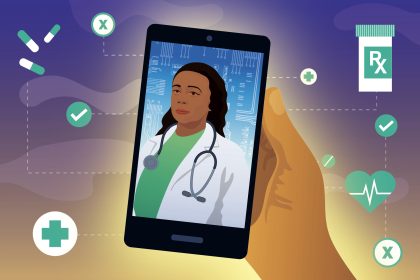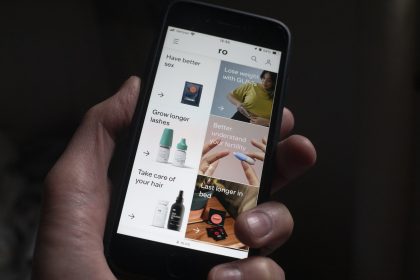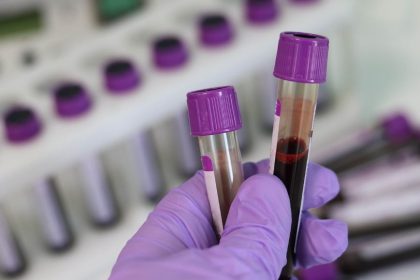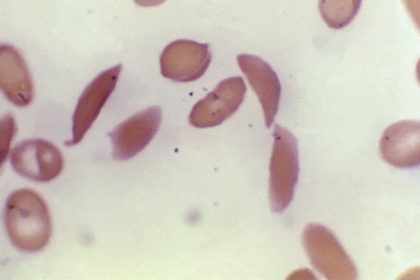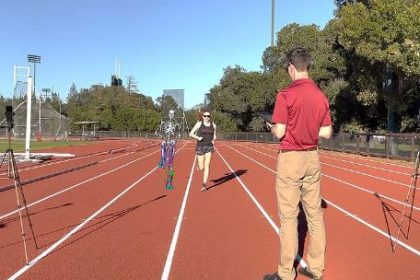Are 3D Mammograms Better Than Standard Imaging? Diverse Study Aims to Find Out
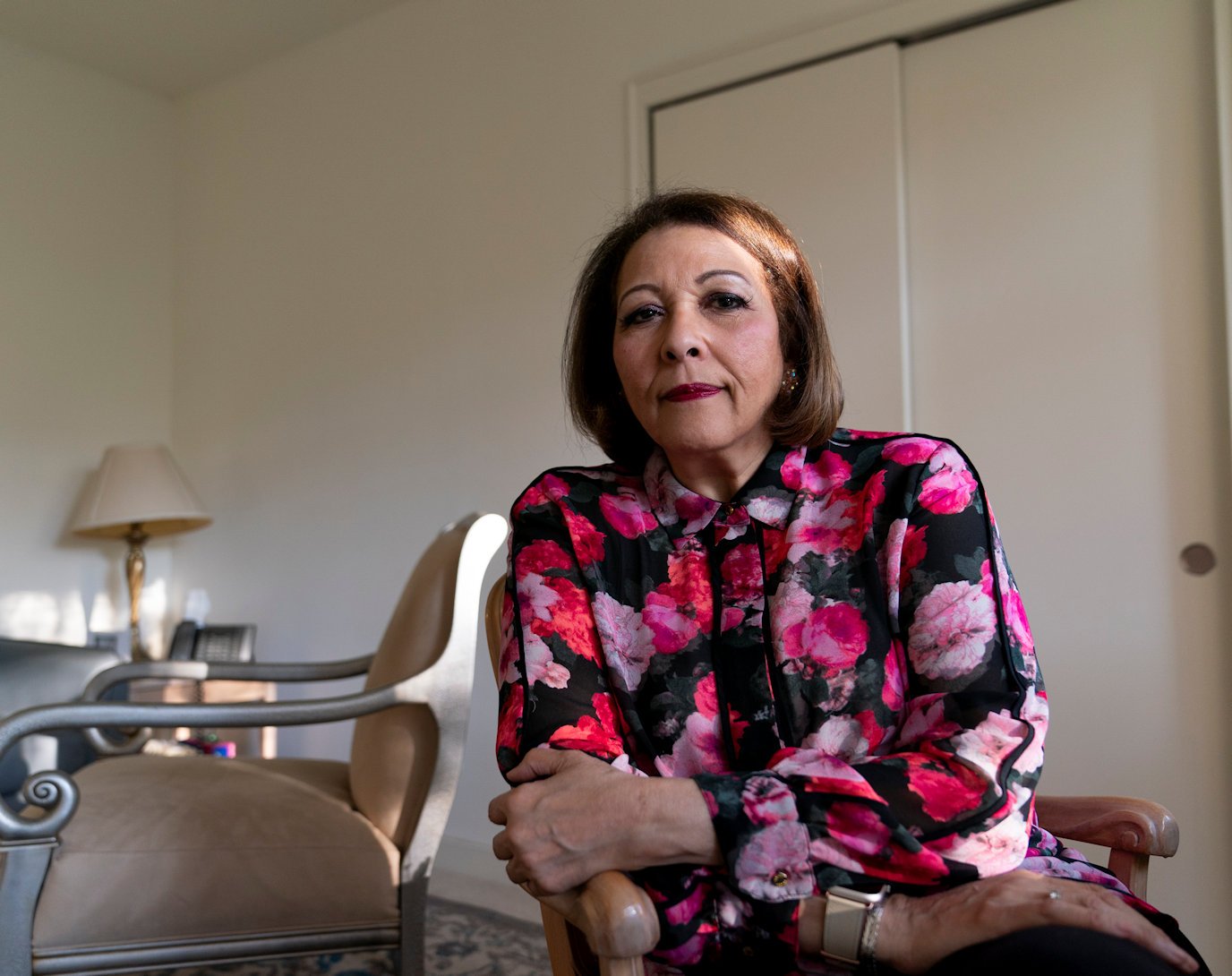
Are 3D mammograms better than standard 2D imaging for catching advanced cancers?
A clinical trial is recruiting thousands of volunteers — including a large number of Black women who face disparities in breast cancer death rates — to try to find out.
People like Carole Stovall, a psychologist in Washington, D.C., have signed up for the study to help answer the question.
“We all need a mammogram anyway, so why not do it with a study that allows the scientists to understand more and move closer to finding better treatments and ways of maybe even preventing it?” Stovall said.
The underrepresentation of women and minorities in research is a long-simmering issue affecting health problems including Alzheimer’s disease, stroke and COVID-19. Trials without diversity lead to gaps in understanding of how new treatments work for all people.
“Until we get more Black women into clinical trials, we can’t change the science. And we need better science for Black bodies,” said Ricki Fairley, a breast cancer survivor and advocate who is working on the issue.
Black women are 40% more likely to die from breast cancer than white women and tend to be diagnosed younger. But it’s not clear whether 3D mammography is better for them, said Dr. Worta McCaskill-Stevens of the National Cancer Institute.
“Are there populations for whom this might be important to have early diagnosis?” asked McCaskill-Stevens. “Or is it harmful,” causing too many false alarms or unneeded follow-up tests and treatments?
McCaskill-Stevens, who is Black, leads NCI’s efforts to boost access to cancer research in minority and rural communities. She has joined the study herself.
The newer 3D technique has been around for a decade, but there’s never been conclusive evidence that it’s better than 2D at detecting advanced cancers. The screening technique combines multiple pictures of the breast taken from different angles to create a 3D-like image. Both 3D and 2D mammograms compress the breast and use low doses of radiation.
Prior studies suggest that 3D finds more cancers than 2D, but catching more cancers doesn’t necessarily mean more lives saved. Some cancers missed by standard screening may not progress or need treatment. Previous studies did not randomly assign patients to a screening method, the gold standard for research.
The notion “that if it’s new, it’s shiny, then it’s better,” isn’t necessarily true, McCaskill-Stevens said. “Until we have the evidence to support that, then we need well-designed randomized trials.”
The trial has enrolled nearly 93,000 women so far with a goal of 128,000. The NCI-funded study is now running in Canada, South Korea, Peru, Argentina, Italy and 32 U.S. states. A site in Thailand will soon begin enrolling patients.
“We added more international sites to enhance the trial’s diversity, particularly for Hispanic and Asian women,” said Dr. Etta Pisano, who leads the study.
Overall, 42% of participants are Hispanic. As recruiting continues, enrolling Black women and other women of color will “absolutely” continue as a priority, Pisano said.
Participants are randomly assigned to either 2D or 3D mammograms and are followed for several years. The number of advanced cancers detected by the two methods will be compared.
At the U.S. study sites, 21% of study participants are Black women — that’s higher than a typical cancer treatment study, in which 9% of participants are Black, McCaskill-Stevens said.
The University of North Carolina has signed up more Black women than any other study site. Nearly a quarter of the nearly 3,000 women enrolled at UNC’s two locations are Black.
“Women in North Carolina want to take part in something that’s bigger than them,” said Dr. Cherie Kuzmiak, who leads the UNC arm of the study. “They want this active role in helping determine the future of health care for women.”
In Washington, D.C., word of mouth has led to successful recruiting.
A chance encounter at her hair salon persuaded Stovall to join the research. While waiting for a hair appointment, she met Georgetown University cancer researcher Lucile Adams-Campbell. The two, both Black, started chatting.
“She explained how important it was to get women of color into the program,” said Stovall, who jumped at the chance to catch up on her mammograms after the COVID-19 pandemic delayed screening for her and thousands of others.
For Stovall, there was a personal reason to join the research. Her sister recently completed treatment for triple negative breast cancer, an aggressive type that affects Black women at higher rates than white women.
Women ages 45 to 74 without a personal history of breast cancer are eligible for the study, which launched in 2017. Many women also are providing blood and cheek swab samples for a database that will be mined for insights.
“It’s a dream that people had since the beginning of screening that we wouldn’t fit everybody into the same box,” Pisano said. The study’s findings could “reduce disparities if we’re successful, assuming people have access to care.”
Stovall, 72, had a brief scare when her mammogram, the traditional 2D type, showed something suspicious. A biopsy ruled out cancer.
“I was extremely relieved,” Stovall said. “Everybody I know has heard from me about the need for them to go get a mammogram.”
___
The Associated Press Health and Science Department receives support from the Howard Hughes Medical Institute’s Science and Educational Media Group. The AP is solely responsible for all content.



















